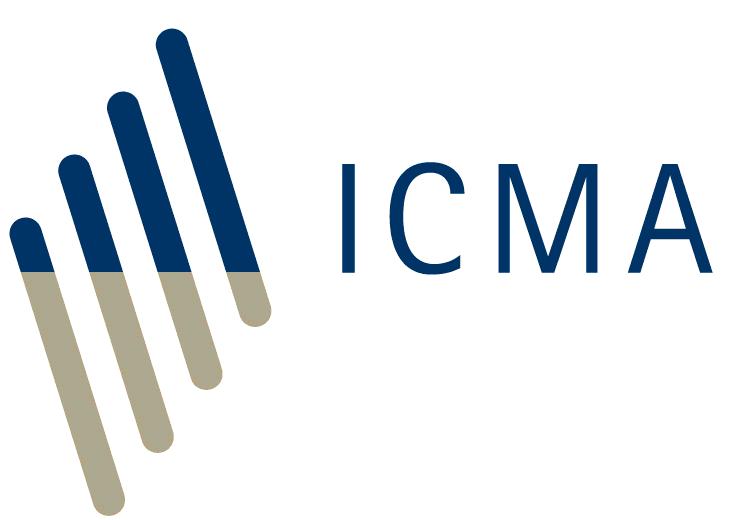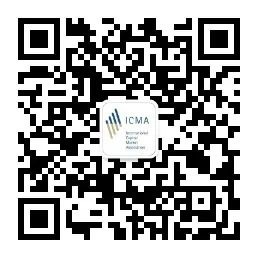Online Course
|
Online Course
|
|
|
|
|
The Financial Services industry is extremely broad and very deep – and as we move deeper into the 21st century the degree of complexity that exists within the industry increases apace. For many within the industry, it can be a significant challenge to keep abreast of new products and new regulatory requirements. Unsurprisingly, for those that are about to embark on a career within Financial Services, it is a real challenge to gain a broad but meaningful understanding as to how the industry works.
This introductory course provides a broad overview of the roles, products, processes and institutions that comprise financial services, including the motivations and innovations that drive the industry and the rules that regulate it.
Video Modules
The series of 10 videos – each around 15-minutes in duration – are divided into nine sections covering topics like securities products, bring securities to the marketplace, different roles (front, middle and back-office) and institutions and more. At the end of each video you’ll answer a series of concept-checking questions before moving on to the next one. You will have access to these videos for the duration of your course (six months)
Learning Outcomes
By completing the training course, delegates will have the ability to identify and appreciate the following subjects and concepts:
- the main products and major participants in the financial marketplace
- the critical parts of the financial market infrastructure
- how products are used and why marketplace participants trade and invest
- how and why such products are brought to the marketplace
- how trades are executed and how marking-to-market and realised/unrealised profit & loss concepts are related to trade execution
- the concept of trade lifecycle, settlement and the impact of settlement failure
- the main purposes and similarities/differences of central securities depository and a custodian
- the differences between Over-the-Counter (OTC) and On-Exchange trading/settlement including rationale for use
- the purpose and impact of equity-related & bond-related corporate actions
- the impacts of digitalisation and automation incl. auto-execution, high-frequency
- key regulation on marketplace participants including main objectives and drivers of regulation including Dodd Frank, EMIR, MiFID
Who should attend?
The course is designed for people who have little or no practical knowledge of the financial marketplace, including fresh graduates and those that are transferring from different industries. The content of the course is designed to assist delegates going into a broad array of roles, including Front Office (trading and sales), Middle Office, Operations, Risk Management, Credit Control, Compliance, Legal, Accounting, Audit, and IT.
The exam consists of 50 multiple choice questions of which candidates must answer a minimum of 30 questions correctly, with a score of 45 or more earning a distinction. You will have six months in which to study the material, book and complete an online, fully invigilated exam.
We use a third-party exam invigilation service called ProctorU to administer the exams on our assessed courses. We recommend you take a few minutes to watch this video before you take your exam, which provides information on what to expect on the day. You can also take a look at some further information here.
More information regarding your specific exam will be available in the Exam Orientation page on Moodle, the ICMA training platform.
Certification and Programme Recognition
ICMA is a member of the CPD® Certification Service, an FCA-approved qualifications provider and approved by the Securities & Futures Commission of Hong Kong as provider of Continuous Professional Training (CPT).
The course is certified by ICMA and the ICMA Centre, Henley Business School, University of Reading.
ICMA recommends that 12 learning hours can be associated with this course, based on attended/undertaken hours of study required to successfully complete the learning outcomes.
A Certificate of Completion will be awarded to those who successfully pass the final exam of this course – see Assessment section for more details.
Please note that your course certificate of attendance or completion should be sufficient to satisfy any professional development requirements – if you require further evidence, please contact us at education@icmagroup.org.
Section 1: The Financial Services Environment: Essential Concepts and Terminology
- Which financial products are traded and why incl. Cash; Securities (Equity, Bonds); Derivatives; Commodities
- How financial products are categorised incl. the Capital Market, the Money Market, the Foreign Exchange Market, the Derivatives Market, ehe Commodities Market
- Major Participants, their motivations and objectives
Section 2: Securities Products
- Equity and Debt Characteristics: Similarities and Differences
- Debt Types
Section 3: Bringing Securities to the Marketplace: Equity & Debt Primary Market
- Equity: IPO
- Government Debt: Auction
- Non-Government Debt: Syndication
- Trading venues, including investment exchanges and multilateral trading facilities
Section 4: The Front Office: Structure & Responsibilities of Trading and Sales
- Trading incl. Traders, trading capacity, trading books, taking positions, risk etc.
- Sales incl. relationships, order placements, identifying issues etc.
- Impact of automation, high-frequency and innovation
Section 5: The Middle Office: Typical Responsibilities of Trade Support/Confirmation, Risk Management, Reporting
- Trade capture
- Issues impacting settlement
- Risk management and P&L Calculation
Section 6: Back Office Operations: Key Responsibilities of Pre-matching, Settlements, Corporate Actions, Asset Servicing and Static Data
- Static Data
- Ensuring Trade Details Are Agreed by Counterparties
- Trade Settlement
- Securities and Cash Reconciliation
- Processing of Income, Withholding Tax and Corporate Actions
Section 7: Trading and Settling Securities Trades: Securities Trade Lifecycle Overview
- Trading Methods (Exchange trading versus OTC)
- Trade Execution (Legal contract and firm’s commitment)
- Trade Capture
- Trade Confirmation (SWIFT and Central Trade Manager)
- Trade Settlement
- Asset Reconciliation (Reconciling securities positions & cash balances at CSD/custodian)
Section 8: Overview of Repo, Securities Lending and Collateral
- Trade Finance and short-selling
- Use of repos and securities lending
- Collateralised trading and margin calls
Section 9: Key Regulation on marketplace
- Key regulation and objectives, covering Dodd Frank, EMIR, MiFID, CSDR, AIFMD
- Impact of regulation and anticipated future trends
- KYC requirements
- Anti-Money Laundering (AML)
Online Course
The Introduction to Market Infrastructure is an online self-study course – delegates who sign up to online courses will have access for 6 months to enable them to take advantage of the additional online resources, discussion boards and other functions of our new digital learning platform.
You will be given access to the course materials on the start date of the course, and will retain access for six months to keep working through the materials at your own pace.
Online course fees
Members: EUR 1,300 (VAT not applicable)
Non-members: EUR 1,900 (VAT not applicable)
Please note:
- Payment for online courses must be received before the start of the course.
- All payments must be made in Euro.
Contact
Should you have any queries, please contact education@icmagroup.org.










